Edges, Ends of Worlds, and Plastic Oceans
Jennifer Gabrys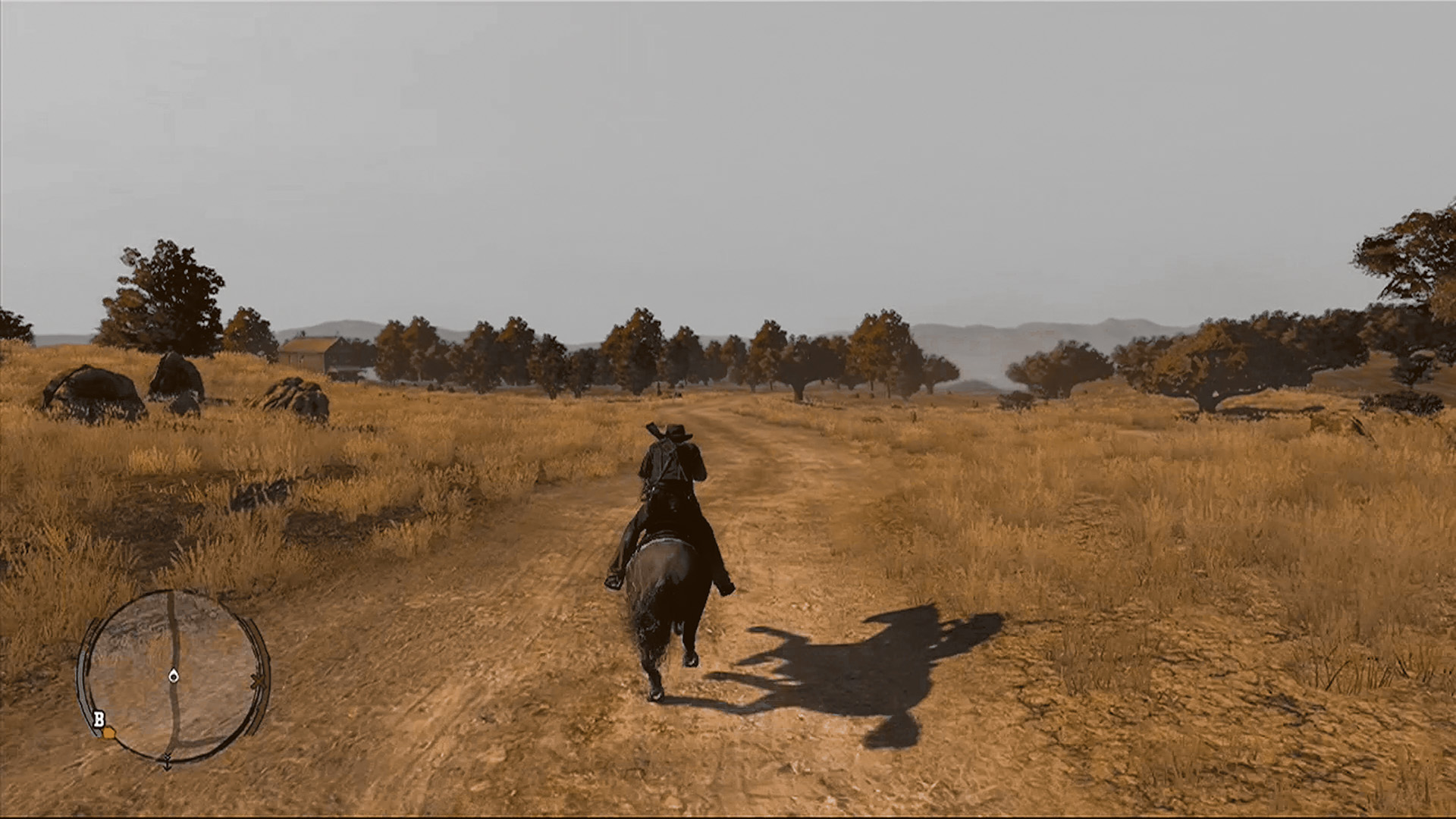
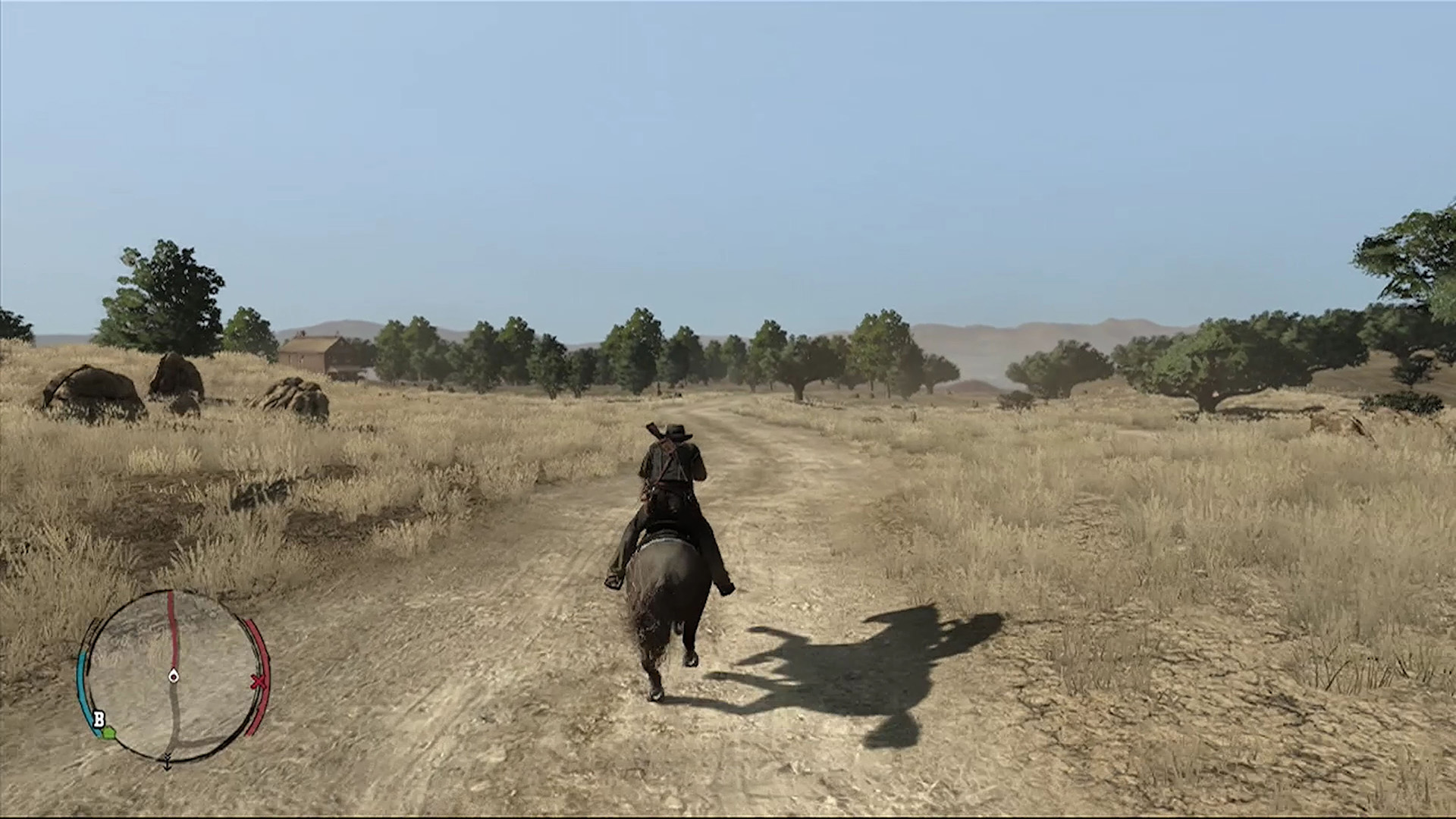
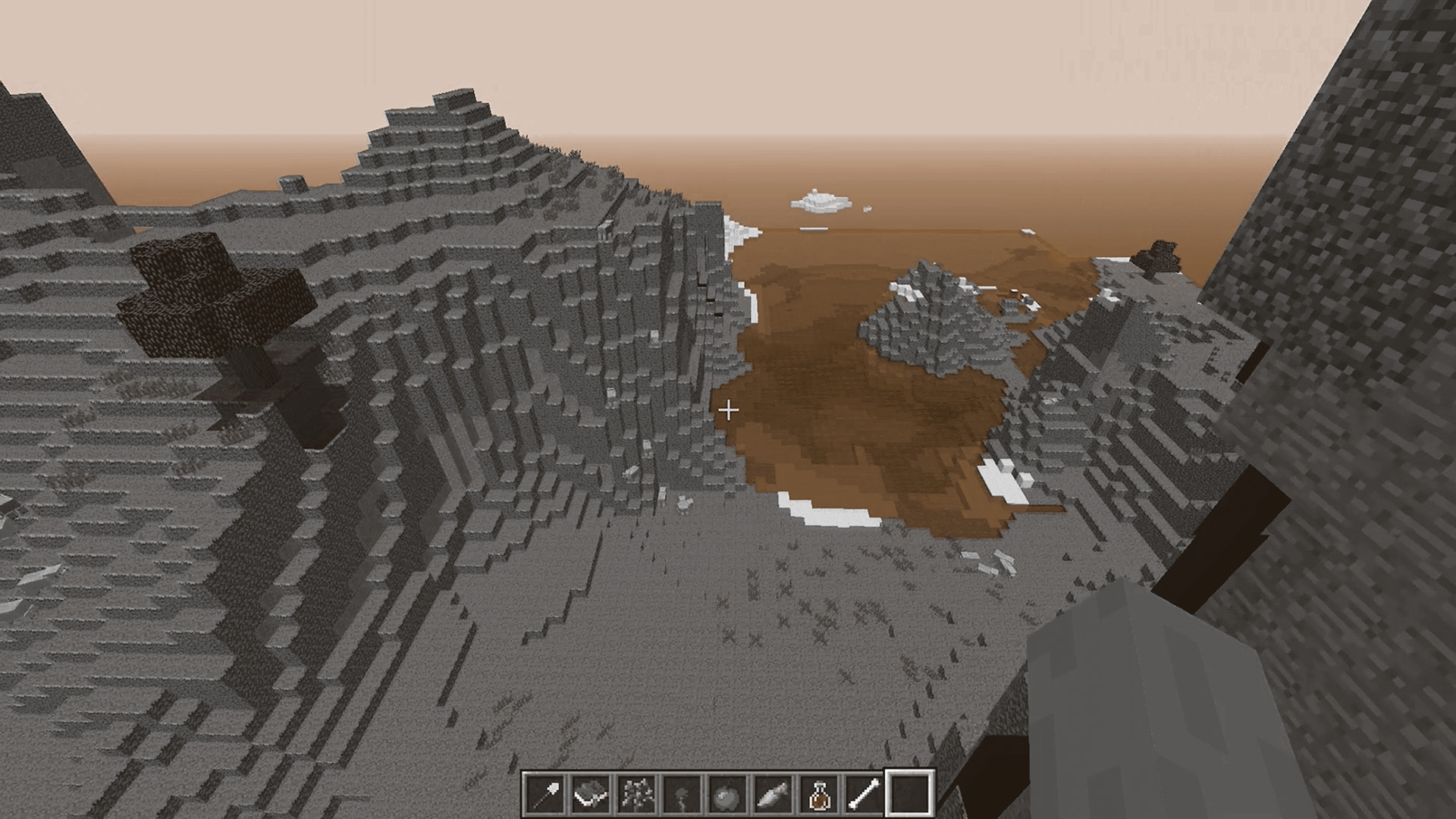
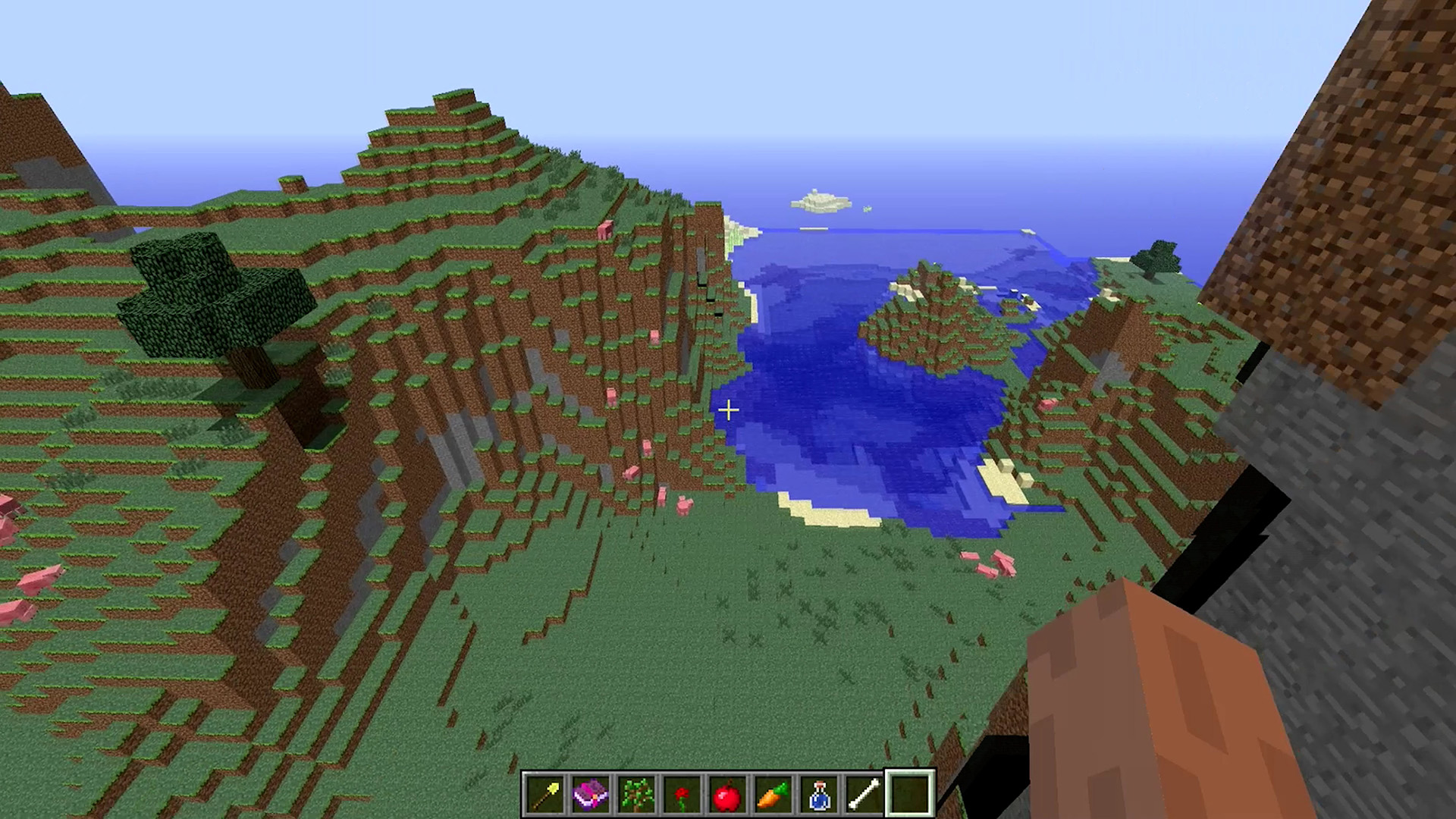
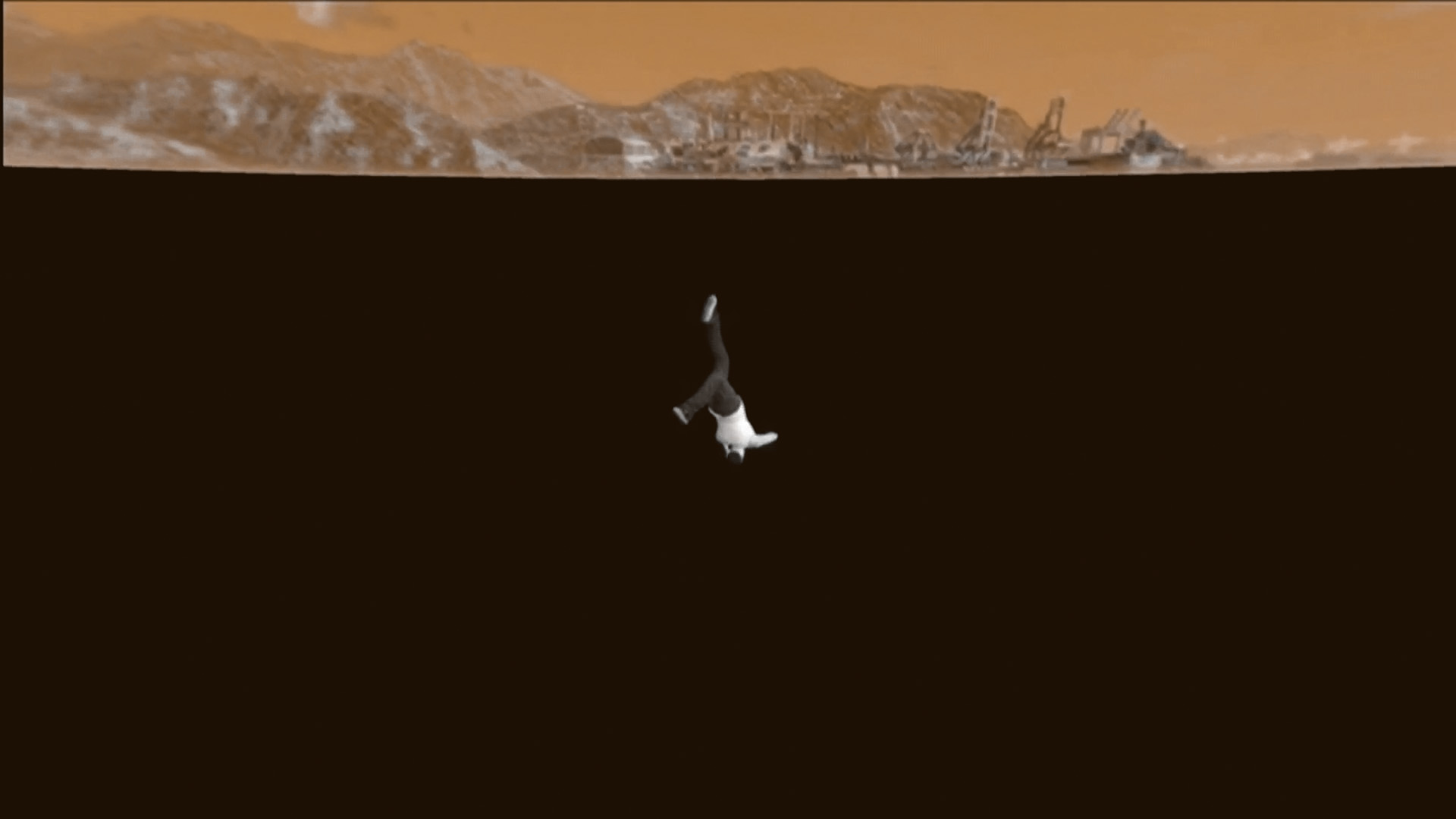
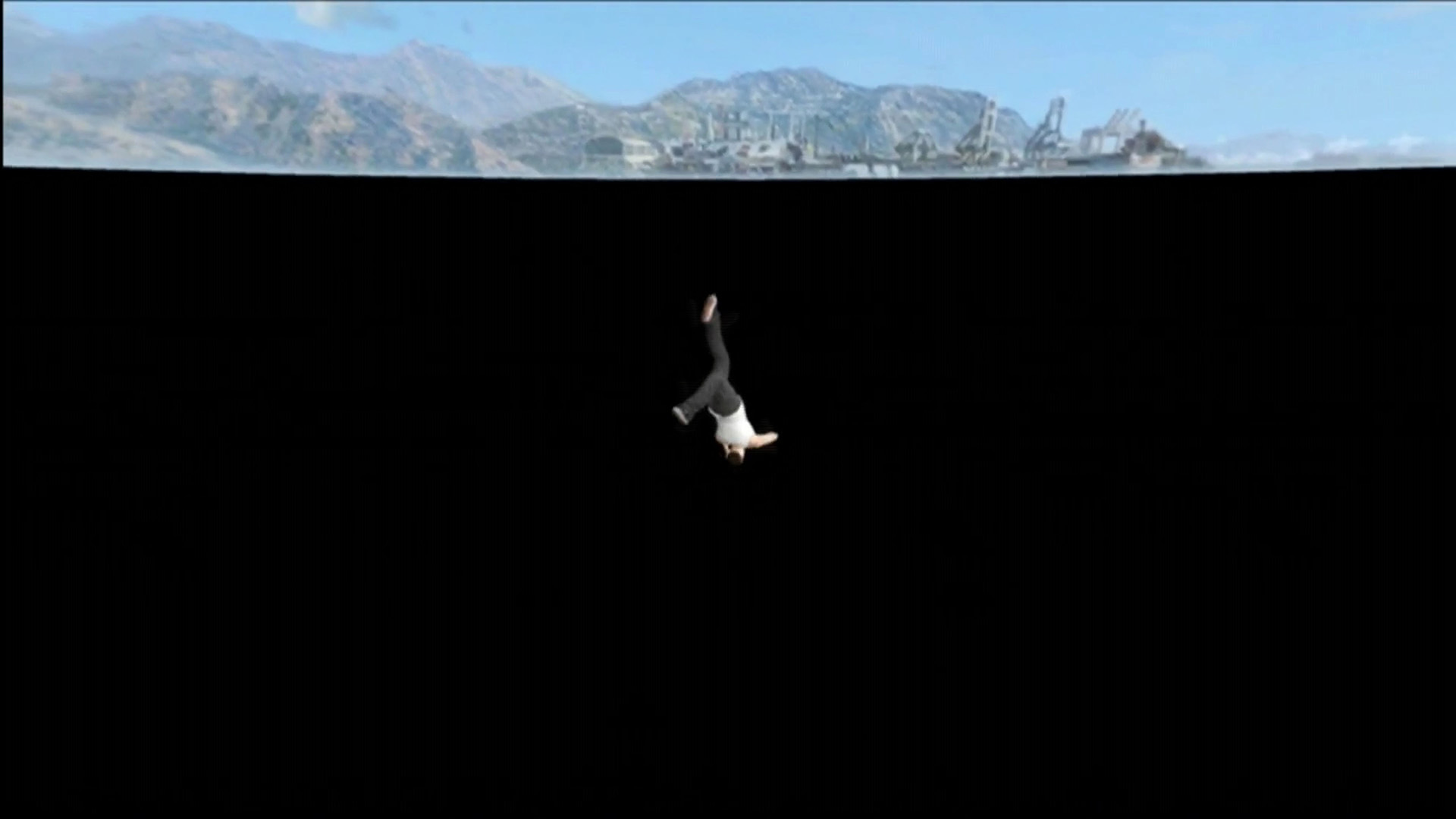
Harun Farocki (with Matthias Rajmann), Parallel II, 2014. HD video; color, sound; 9 min (loop); Germany.
© Harun Farocki GbR.


ARGO buoys over the western Pacific from the ARGO Float Animation #2. Courtesy of NASA/Goddard Space Flight Center Scientific Visualization Studio.
Edges and ends of worlds are encountered frequently in the films of Harun Farocki.This is an edited excerpt. Previously published in e-flux journal, no. 101 (June 2019), link; also revised and reprinted from chapter 5 of Gabrys, Program Earth: Environmental Sensing Technology and the Making of a Computational Planet (Minneapolis: University of Minnesota Press, 2016). Courtesy of e-flux and the University of Minnesota Press. They form recurrent courses of navigation, tugging along ships and airplanes, riders and avatars, waves and clouds, memories and simulations. In one sequence in the nine-minute-long film Parallel II (2014), a rider on horseback charges toward a horizon that at once recedes and refreshes. In this scene from Parallel II, the narrator relates:
Galloping swiftly out from the gate,
how far can the rider ride?
Where does this world end?
This world appears infinite,
a world generated by the gaze that falls upon it.Harun Farocki, Parallel II, HD video, color, stereo, 8:38 min.
World-ending is by now a pervasive topic. It is the default script written into the story of environmental change. Yet it is also a concept and event with a longer history. Worlds are projected to end in the face of climate breakdown, with people displaced and dispossessed from melting landscapes and submerged communities. Worlds have also continually been ending, with settler colonialism, environmental racism, and ecological exhaustion wreaking terminal destruction over the span of several centuries. The worlds and endings that are conjoining and collapsing are then many, with different consequences for the inhabitants and relations of those worlds.
The worlds I explore here are ocean worlds. Located across the world’s oceans are several sizeable concentrations of plastic debris that have variously earned the title of “garbage patches.” The Great Pacific Garbage Patch in particular has become an object of popular and scientific interest. It is an environmental anecdote that confirms our worst fears about overconsumption—and the dark side of the durable wonders of plastics that were promoted in so many post-war contexts. It is also an imagined indicator of what may even outlive humans, given the lengths of time that plastics require to degrade. The garbage patch is in many ways an amorphous object, drifting through oceanic and media spaces as an ominous sign that focuses attention toward the ways in which oceans have become planet-sized landfills. Yet it also signals a certain world-ending moment, arriving as the oceans become saturated with this synthetic and disposable material.
Popular imaginings of the Great Pacific Garbage Patch have included comparisons of its size to the state of Texas, or suggestions that it is an island that might be named an eighth continent, formed of anthropogenic debris. Upon hearing of the concentration of plastic wastes in the Pacific, many people search for visual evidence of this environmental contamination on Google Earth. Surely a human-induced geological formation of this magnitude must be visible from a satellite or aerial view? However, because plastic wastes are largely present as microplastics in the form of photo-degraded and weathered particles, the debris exists more as a suspended soup of microscopic specks that is mostly undetectable at the surface of the ocean.
While Google Earth may be a platform for visualizing and locating ocean data, this visualization technique presents a much different approach to “sensing” than seeing the patch as a photographic object.For example, see National Center for Ecological Analysis and Synthesis, “A Global Map of Human Impacts to Marine Ecosystems,” link. Not to be confined to surface views of the ocean, Google Earth has also added a “Street View” for navigating underwater. See Underwater Earth, “Underwater Google Street View,” link; and Google Maps, Street View Gallery #oceans, link. The inability to locate the garbage patches on Google Earth, a tool for scanning the seas through a conjunction of remote sensing, aerial photography, and online interfaces, even gives rise to popular controversy about how to locate the patch and whether the plastic conglomerations are actually present in the oceans—and, if so, how to address the issue. The relative invisibility and inaccessibility of the patches render them as looming imaginative figures of environmental decline that are yet relatively amorphous and unlocatable and so seemingly resistant to incentives toward environmental action. All of which raises the question: To what extent do environmental problems need to be visible in order to be actionable? Or do they instead become sense-able and navigable in different ways, less as images that raise concern and more as shifting conditions that unevenly surface and require unfolding and expanded sensing practices and tactics? As Farocki’s computer game investigations indicate, modes of navigation and sensing can also become ways of constructing these worlds, including their edge conditions.
If a Google Earth or satellite view of the garbage patch proves to be an impossible undertaking, it is because the plastics suspended in oceans are not a thick choking layer of identifiable objects but more a confetti-type array of suspended plastic bits. Locating the garbage patch is on one level bound up with determining what types of plastic objects collect within it and what effects they have. Yet, on another level, locating the garbage patch involves monitoring its shifting distribution and extent in the ocean. The garbage patch is not a fixed or singular object but a society of objects in process. The composition of the garbage patch consists of plastics interacting across organisms and environments. But it also moves and collects in distinct and changing ways due to ocean currents, which are influenced by weather and climate change, as well as the turning of the earth (in the form of the Coriolis effect) and the wind-influenced direction of waves (in the form of Ekman transport). As an oceanic gyre, the garbage patch moves as a sort of weather system, shifting during El Niño events, and changing with storms and other disturbances.Evan A. Howell et al., “On North Pacific Circulation and Associated Marine Debris Con-centration,” Marine Pollution Bulletin 65, no. 1–3 (2012): 16–22. Ocean sensing then requires forms of monitoring that work within these fluid and changeable conditions.
The garbage patch as a figure does not directly come into view through ocean-sensing practices and technologies, but instead registers in a more indirect way, through proxy sensing. Environmental monitoring techniques, often developed for purposes other than sensing plastics, are subsequently tuned in to the drift of oceanic debris. Most sensors are set to detect the salinity, temperature, and movement of ocean currents, in order to bring patterns of climate change into view, a similarly elusive event that is not easily visualized. Rather than a visual fix on plastic pollution, sensing practices and technologies for monitoring environmental change instead indirectly register plastics within the mix of other environmental processes, geopolitical infrastructures, and digital devices.
The material occasions of oceans are not only a remote object of digital study, but also an actual occasion in which we are now participating and through which we will continue to be affected. Here, new societies of objects emerge from the remains of techno-scientific pursuits and in turn give rise to new monitoring practices for studying these residual and yet generative objects with unknown and indeterminate effects. A key question arises from monitoring the oceans as generative techno-scientific and computational objects: What experimental forms of politics and environmental practices might materialize that are able to attend to these indeterminate and emergent effects, which also portend the end of a world, if not this world?
This is an edited excerpt. Previously published in e-flux journal, no. 101 (June 2019), link; also revised and reprinted from chapter 5 of Gabrys, Program Earth: Environmental Sensing Technology and the Making of a Computational Planet (Minneapolis: University of Minnesota Press, 2016). Courtesy of e-flux and the University of Minnesota Press.
Harun Farocki, Parallel II, HD video, color, stereo, 8:38 min.
For example, see National Center for Ecological Analysis and Synthesis, “A Global Map of Human Impacts to Marine Ecosystems,” link. Not to be confined to surface views of the ocean, Google Earth has also added a “Street View” for navigating underwater. See Underwater Earth, “Underwater Google Street View,” link; and Google Maps, Street View Gallery #oceans, link.
Evan A. Howell et al., “On North Pacific Circulation and Associated Marine Debris Con-centration,” Marine Pollution Bulletin 65, no. 1–3 (2012): 16–22.

